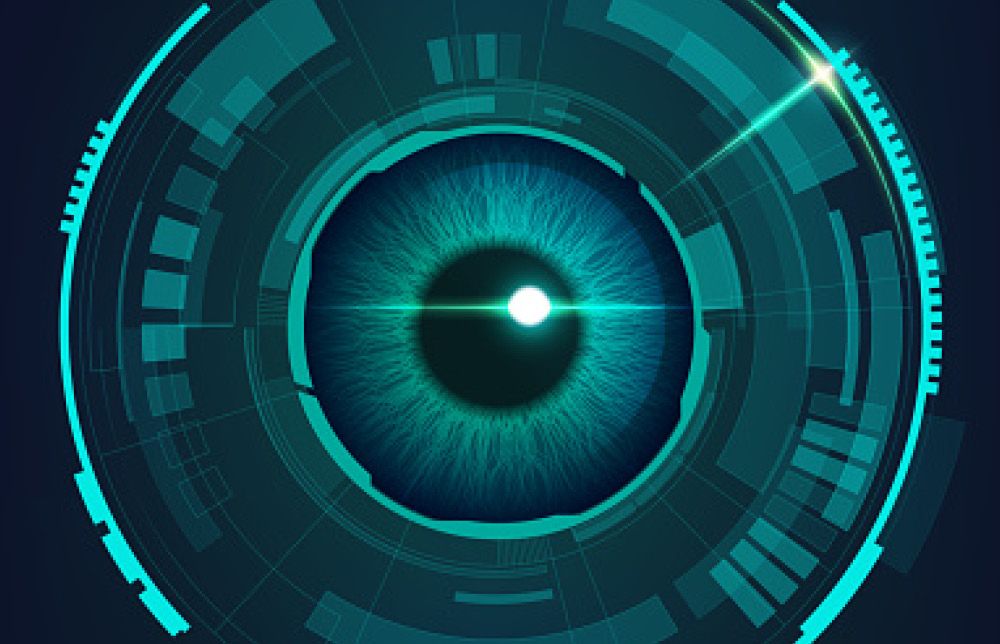
Clearing Up Questions About Glaucoma
July 13, 2020
More than 3 million Americans have glaucoma—but only half of them know it. Glaucoma is a condition that occurs when too much pressure builds up in the eyes. Unchecked, it can damage the optic nerve, which enables your brain to process and see everything around you. Untreated, glaucoma can lead to blindness.
It’s estimated that in the U.S. 2.4 million people—including nearly 7% of people over 70—have glaucoma without ever being diagnosed or getting treatment. That’s why it’s important to know your risks—and get your eyes checked on the regular.
Who’s At Risk? Though this condition can affect anyone, some groups of people are at more risk than others:
- People Over 60
The risk of glaucoma becomes much more significant as we age. If you are over 60 years old, you are 6x more likely to get glaucoma.
- Family Members with Glaucoma
Primary open-angle glaucoma, the most common type of glaucoma, is hereditary. Your risk is much higher if members of your immediate family have glaucoma. Family history increases risk of glaucoma 4 to 9 times.
- Eye Injury
Injury to the eye may cause secondary open-angle glaucoma. The most common cause is sports-related injuries such as baseball or boxing. This type of glaucoma can occur immediately after the injury or years later. Blunt injuries that “bruise” the eye (called blunt trauma) or injuries that penetrate the eye can damage the eye’s drainage system, leading to traumatic glaucoma.
- Certain Ethnic Groups
Sadly, glaucoma is the 2nd greatest cause of blindness among African-Americans and people of African descent. Glaucoma is six to eight times more common in African Americans than in Caucasians. For Hispanics, recent studies indicate the risk is greater than those of predominantly European ancestry, and the risk increases among Hispanics over age 60. People of Japanese descent are at higher risk for normal-tension glaucoma.
What can you do? Fortunately, there are many treatments today for glaucoma. These options include medicines including prescription eye drops, in-office laser treatment to drain fluid from the eye and reduce pressure, and several different types of surgical procedures if medicines and laser treatment don’t work.
Monitoring your risk for glaucoma and other eye conditions is important as we age. Your eyecare is an essential part of your overall healthcare. A simple low-cost vision plan through IRTA and AMBA are more important than ever. Learn more online at www.AMBAdentalvision.com or call (844)385-4360 and find out how you can help keep your eyes healthy while saving hundreds on exams, eyeglasses, and contacts.
Source: https://www.nei.nih.gov/learn-about-eye-health/eye-conditions-and-diseases/glaucoma
https://www.glaucoma.org/glaucoma/glaucoma-facts-and-stats.php
RECENT POSTS
An Ambulance Trip Is Stressful: With MASA, the Cost Doesn’t Have to Be
People who require an emergency ambulance trip frequently ask the same question upon receiving the bill: “Why was the
Read More
AMBA’s Essential Insights in Dental Health: Understanding Cavities
Have you ever experienced pain or noticed persistent sensitivity in your teeth? You might have a cavity. Cavities are common,
Read More
Keep “Looking” Your Best: The Unique Eye Health Challenges for Women Over 55
March is Women’s History Month, a time to celebrate women's contributions to American history and society. It’s
Read More

Leaving Your Home To A Loved One
If you’re like many people, your home represents more than just financial value. As the saying goes, "Home is where the
Read More

